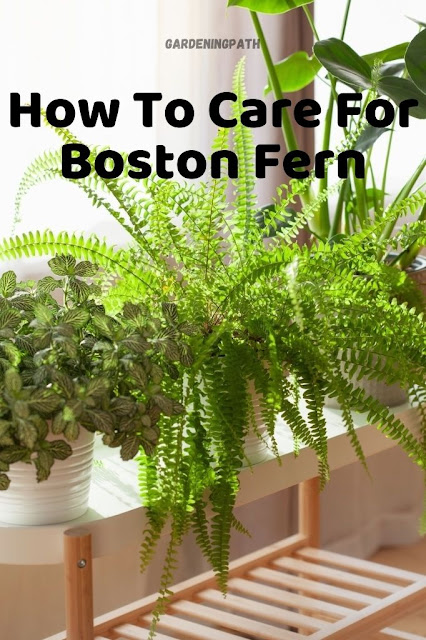Indoor Kentia Palm Plants: Growing Guide And Plant Care
If you love the tropical look of a palm tree but don’t live in a tropical region, try growing Kentia palm (Howea forsteriana). The kentia palm is one of the world's most popular indoor palms. Elegant and stately, shade tolerant, cold tolerant, and doesn't grow overwhelmingly large. Under the right conditions, a kentia palm will grow slowly into a magnificent specimen that can reach up to ten feet tall (and even higher outdoors). As part of our Hawaiian Collection, it comes to us with a strong root system that has grown in lava rock giving it long-lasting properties with very little fuss. If this plant is added to your favorite room, you will not be disappointed.
Native to the islands of the South Pacific, the kentia palm is usually sold with two to five palms planted together, giving it the appearance of having multiple stems, all topped with graceful, arching foliage. It has a long history as a parlor palm (Queen Victoria added them to all of her homes) and was the feature of palm courts at hotels like The Ritz Hotel in London, England, and The Plaza Hotel in New York, New York.
Kentia plants produce a 3.5 foot (a meter or so) long inflorescence consisting of white blooms on 3-7 spikes. Both male and female flowers exist on the same inflorescence, and the resulting fruit is ovoid and a dull red in color; however, the fruit will take about 15 years to make an appearance.
Indoor Kentia Palm Care
While the kentia palm can live outdoors in tropic-like environments in USDA zones nine through 11, it's typically enjoyed as a houseplant, where it can be planted and enjoyed all year long.
Soil For Kentia Palms
In the Kentia’s native environment it grows and flourishes in sandy soil, which provides it with the much-needed drainage the palm requires for healthy growth. Although it will grow in a variety of soils, provided they drain well, adding some fertility to the medium promotes good growth.
Watering
Remember, these palms were propagated in Hawaii, so the soil media is crushed lava rock. This gives the Kentia a very porous soil profile, making it pretty hard to overwater, but don’t let it sit in water. It should be watered thoroughly, around the entire soil surface, and allowed to dry down before the next watering. See our watering guide for more information.
Humidity
He appreciates moist air to keep his fronds fresh. That’s easily done by misting him a couple of times a week.
Temperature
In their native environment, Kentia palms thrive in consistently warm conditions. Its great ability to adjust to an indoor setting is one of the reasons it’s a popular, but sometimes expensive house palm. Indoors, the palm requires the same warm conditions it prefers for healthy growth as when grown outdoors in the garden. Prime indoor temperatures range between 65°F (18°C) to 85°F (29°C).
Light
While this palm has strong tolerance for lower light levels, much better than most palms, it will thrive in moderate and high light. So, good filtered natural light or bright fluorescent light will keep this palm growing strong.
Fertilizer
To keep your Kentia palm producing rich green fronds and happily growing, feed it monthly throughout the growing seasons of spring through summer. Cease all fertilizer applications during fall and winter, as the palm tree is in its dormant stage and stops putting on new growth.
Pruning
Palms, in general, require minimal pruning. Over pruning may cause irreversible damage to the trunk. You should, however, remove old leaf bases by gently pulling them; do not force them off, which can cause permanent scarring or open up an injury for trunk rot disease.
Re-potting
When re-potting use ericaceous compost and do not use leaf shine.
Cleaning Tips
Dust (or shower) from time to time and remove any dead stems, cutting close to the trunk. Brown tips can be trimmed if required, but avoid cutting into any green foliage.
Air Purifying
Palms clean and improve air quality by filtering formaldehyde, benzene, and carbon monoxide toxins from the surrounding environment.
Bugs
The biggest bug problem for this palm is scale. They’ll show up as little brown bumps on the underside of the leaves and can be wiped off. Because scale insects form a waxy proactive coating over their bodies, you will need to apply a little more pressure to dislodge the little boogers from their happy little spot on the underside of the leaves.
Propagation
Propagation of kentia palms is normally by seeds. Kentia palm fruits mature very slowly, sometimes taking 3–4 years. The fruits change color slowly from dull orange to deep dull red as they mature. It is best to obtain older red seeds for optimum germination. Seeds seem to have maximum viability for 8–16 weeks after maturing. To propagate kentia palm from seeds, remove fruits from the palm and soak them in warm water. After several days, remove the seeds from the fruits and place them either in a sealable plastic bag with peat or a potting soil mix or sow them shallowly in planting trays. Water the soil to keep it hydrated but not saturated. Place the bag or planting trays in indirect sunlight. For direct soil sowing, place the seeds in well-drained soil in partial shade at a temperature between 85 and 104°F and keep the seeds moist but not too wet or the seeds will rot. Bottom heat and fungicide treatment have been shown to improve germination rates and seedling survival. The seeds typically germinate within three months to several years.




Comments
Post a Comment